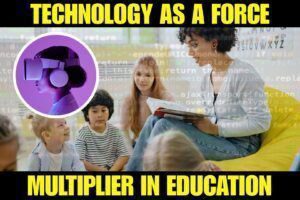How Students Are Using Micro-Scholarships, Learn-to-Earn Models & AI Wallets to Fund Their Education
In 2025, education is no longer just about learning—it’s also about earning. As the cost of formal education continues to rise globally, students are increasingly seeking innovative, tech-driven ways to finance their learning. And thanks to the rapid evolution of Education-Fintech (Ed-FinTech), they no longer have to rely solely on large traditional scholarships, student loans, […]


